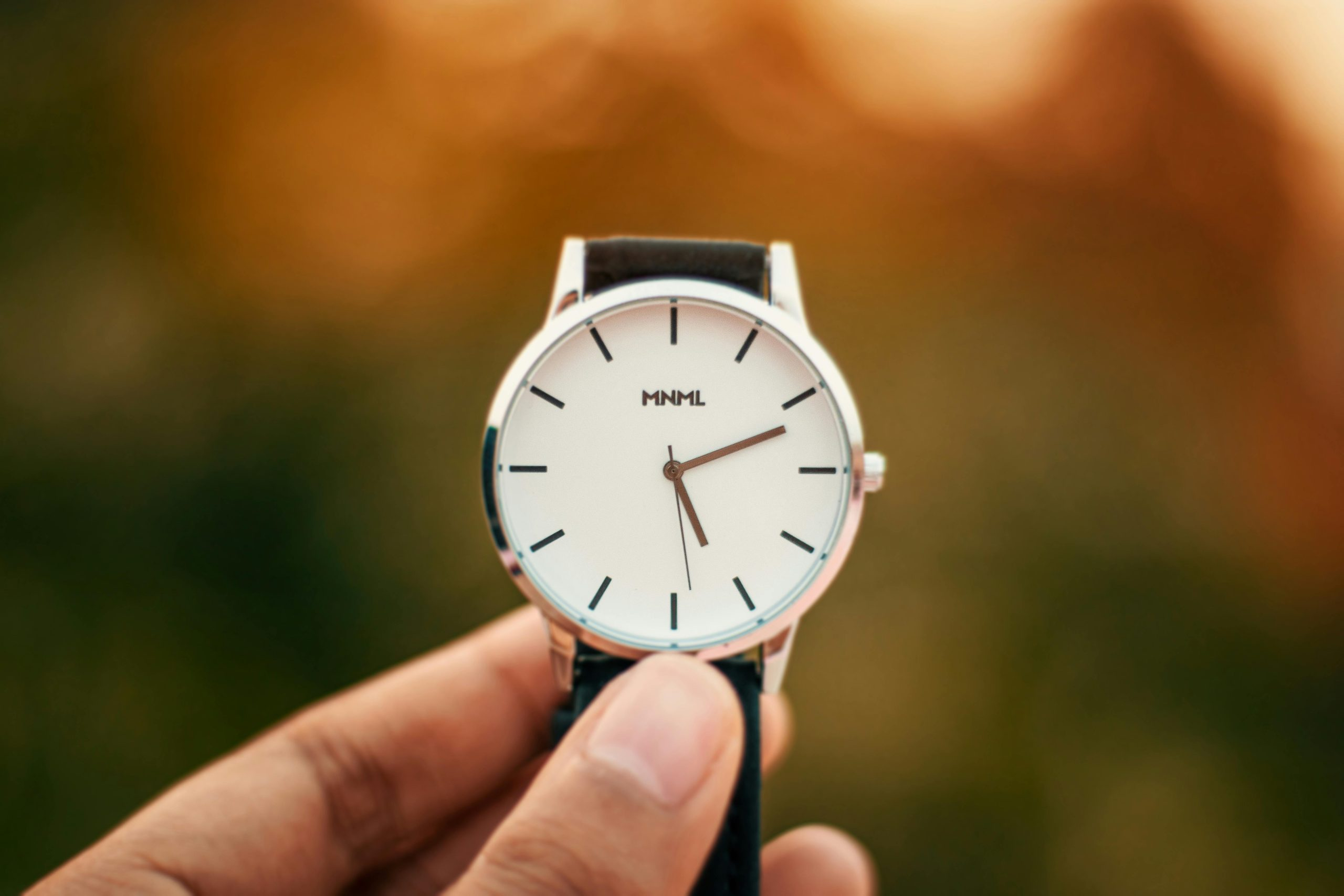Genderless fashion: Unisex fits challenge traditional norms
The fashion industry has always been dominated by gender norms, with clothing options strictly categorized as either masculine or feminine. However, with the rise of gender fluidity and inclusivity, there has been an emergence of genderless fashion – also known as unisex fashion. This movement challenges the traditional norms of fashion, promoting a style that is not limited by gender. In this article, we will explore the rise of genderless fashion and how unisex fits are breaking barriers and redefining the fashion industry.
The history of genderless fashion
Genderless fashion has been present throughout history, although it has often been overlooked. In the 1920s, iconic designer Coco Chanel revolutionized the fashion industry by introducing the concept of women wearing traditionally masculine clothing, such as suits and trousers. This movement, known as “borrowing from the boys,” was a daring departure from the feminine silhouettes that were popular at the time.
In the 1960s, the androgynous style emerged, with designers like Yves Saint Laurent and Zandra Rhodes creating unisex collections that blurred the lines between men’s and women’s fashion. However, it wasn’t until the 1990s and early 2000s that genderless fashion truly broke into the mainstream, with fashion brands like Comme des Garçons, J.W. Anderson, and Rick Owens promoting gender fluidity in their designs.
The rise of unisex fits
Unisex fits have become synonymous with genderless fashion, as they are designed to fit both men and women. These fits often feature oversized, boxy, and loose silhouettes that are not limited by traditional gender norms. They also often use neutral colors, avoiding the stereotypical “pink for girls, blue for boys” mentality.
One of the key reasons for the rise of unisex fits is the increasing demand for gender-inclusive clothing. As society becomes more accepting and inclusive of all genders, individuals are seeking clothing options that do not conform to restrictive gender norms. This has led to a surge in unisex fashion brands, such as TILLYandWILLIAM, Wildfang, and Agender, catering to this demand.
Breaking barriers and challenging traditional norms
Unisex fits are challenging traditional fashion norms and breaking barriers in the industry. By promoting a style that is not limited by gender, they are giving individuals the freedom to express themselves without conforming to societal expectations. This is particularly important for non-binary individuals who do not identify as strictly male or female.
The rise of genderless fashion has also allowed for the blurring of gender lines in the workplace. In the past, there were strict dress codes for men and women, but with the rise of unisex fits, individuals can now dress in a way that feels authentic and comfortable to them without facing discrimination.
The future of genderless fashion
The future of genderless fashion is bright and promising. As society becomes more open and accepting, it is safe to say that genderless fashion will continue to grow in popularity and influence. Designers and brands are being more conscious of the need for gender inclusivity in their designs, and many are incorporating unisex fits into their collections.
However, it is essential to note that the goal of genderless fashion is not to eliminate gender entirely. It is about promoting a more inclusive and diverse society where individuals are free to express themselves without judgment or restrictions. And with the rise of genderless fashion, this goal is becoming more achievable.
In conclusion
Genderless fashion, with its unisex fits, is breaking down traditional norms and promoting inclusivity and diversity in the fashion industry. By challenging the restrictive gender norms that have dominated the industry for so long, genderless fashion is allowing individuals to express themselves freely. As we move towards a more gender-inclusive society, it is clear that genderless fashion will continue to play a significant role and redefine the future of fashion.










